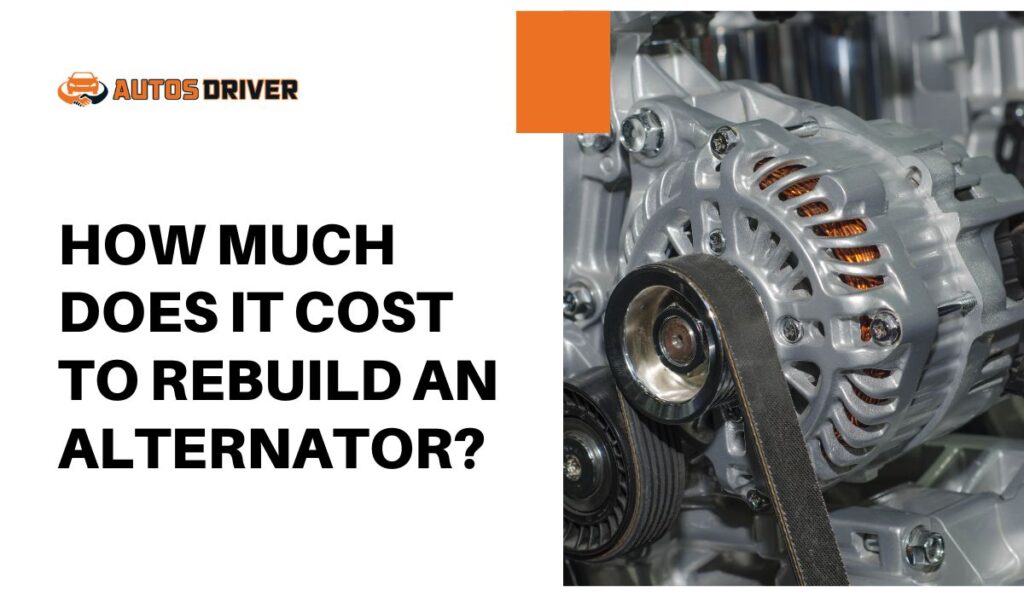Driving a car without a serpentine belt is not only risky but can also lead to a cascade of consequences that affect the vehicle’s performance, safety, and longevity. From the loss of electrical power and power steering assistance to engine overheating and potential component damage, the ramifications of a serpentine belt failure can be severe. As such, it’s crucial for drivers to prioritize regular maintenance and inspections to ensure the serpentine belt and associated components remain in optimal condition. By addressing any signs of wear or deterioration promptly, drivers can minimize the likelihood of experiencing a serpentine belt failure while on the road, thus safeguarding themselves and their vehicles against potential hazards and costly repairs. Let’s discuss the consequences of driving a car without a serpentine belt.
Consequences of Driving Without a Serpentine Belt
Despite its crucial role, the serpentine belt is susceptible to wear and tear over time, eventually requiring replacement. If the serpentine belt fails while driving or becomes dislodged from its pulleys, several adverse consequences can occur:
Loss of Electrical Power
One of the most immediate effects of driving a car without a serpentine belt is the loss of electrical power. Since the alternator relies on the serpentine belt to operate, the vehicle’s battery will not receive a charge, leading to a gradual depletion of electrical power. This can result in dimming headlights, malfunctioning dashboard lights, and eventual battery drain, causing the engine to stall.
Loss of Power Steering Assistance
Without the serpentine belt driving the power steering pump, the vehicle’s power steering system will lose hydraulic assistance. As a result, the steering wheel will become much harder to turn, requiring significantly more effort from the driver, especially at low speeds or when making tight turns. This sudden loss of power steering assistance can compromise vehicle control and safety, particularly in emergency situations.
Loss of Air Conditioning
Driving without a serpentine belt means the air conditioning compressor cannot operate, depriving passengers of the ability to cool the interior cabin. In hot weather conditions, this can lead to discomfort and increased fatigue, especially during long drives. Additionally, if the vehicle’s windows fog up due to condensation, the lack of functioning air conditioning can hinder visibility, further compromising safety.
Engine Overheating
The water pump, which circulates coolant throughout the engine to regulate its temperature, relies on the serpentine belt for power. Without proper coolant circulation, the engine is at risk of overheating, which can lead to severe damage such as warped cylinder heads, blown gaskets, or even engine seizure. Overheating is a serious issue that can result in costly repairs and leave the vehicle inoperable until the engine cools down sufficiently.
Potential Belt Damage and Component Failure
In some cases, driving without a serpentine belt can cause damage to the belt itself or other engine components. If the belt becomes tangled or catches on other engine parts, it may fray, snap, or even break completely. Additionally, the sudden loss of power to vital components such as the water pump can cause them to fail prematurely, necessitating repairs or replacements.
Safety Precautions and Recommendations
Driving a car without a serpentine belt poses significant risks to both the vehicle and its occupants. If you find yourself in a situation where the serpentine belt fails while driving, it’s essential to take the following precautions:
Pull Over Safely: If you notice symptoms of a serpentine belt failure, such as unusual noises, loss of power steering, or dashboard warning lights, safely pull over to the side of the road as soon as possible. Do not attempt to continue driving, as doing so can exacerbate the issue and potentially cause further damage to the vehicle.
Avoid Sudden Movements: When steering becomes difficult due to the loss of power assistance, avoid making sudden or sharp movements with the steering wheel. Gradually slow down and maneuver the vehicle with caution, keeping both hands firmly on the wheel to maintain control.
Check Engine Temperature: Keep an eye on the vehicle’s temperature gauge to monitor for signs of engine overheating. If the gauge indicates that the engine is running hot, turn off the engine immediately to prevent damage and allow it to cool down before attempting to drive again.
Seek Professional Assistance: Once safely stopped, contact a qualified mechanic or roadside assistance service to assess the situation and provide necessary repairs or towing if needed. Attempting to diagnose or repair the issue yourself can be dangerous and may void any remaining warranty coverage.
Conclusion:
In summary, driving a car without a serpentine belt is akin to operating with a critical component missing, posing numerous risks and challenges that can compromise vehicle safety and performance. It’s essential for drivers to remain vigilant, recognize the symptoms of a serpentine belt failure, and take appropriate action to mitigate the consequences. Whether through proactive maintenance, timely repairs, or seeking professional assistance when needed, prioritizing the integrity of the serpentine belt is paramount for safe and reliable driving experiences.
Looking to streamline your car repairs? Explore the JARC car repair app on Autos Driver!




